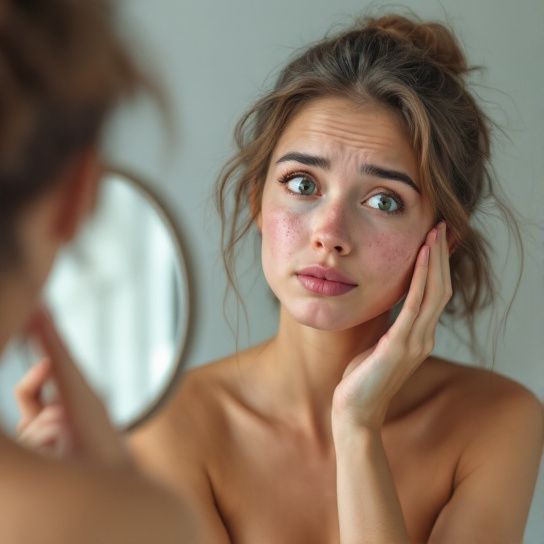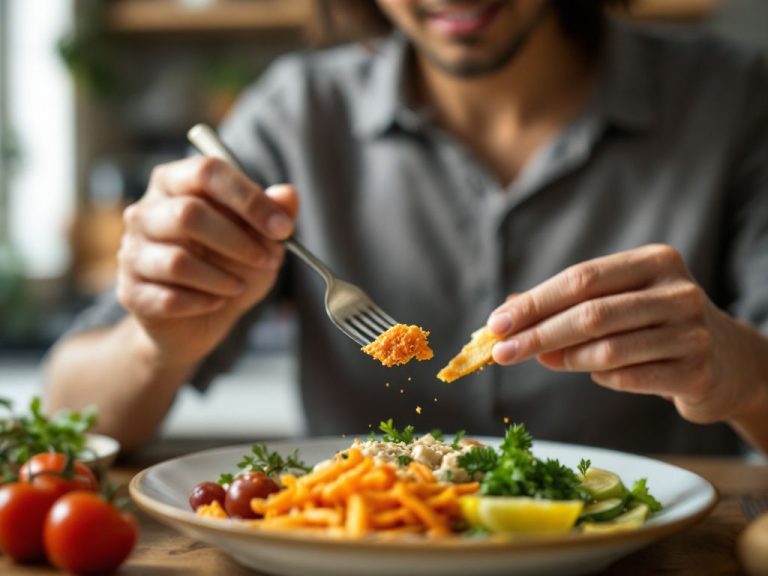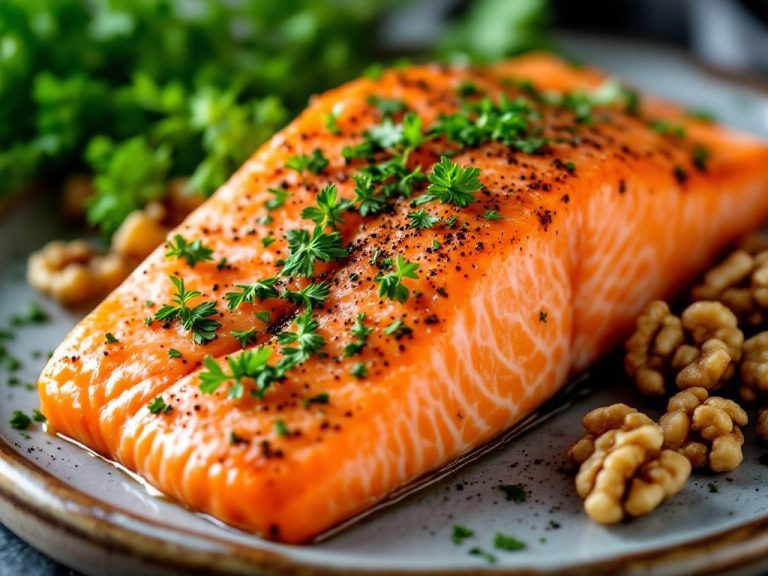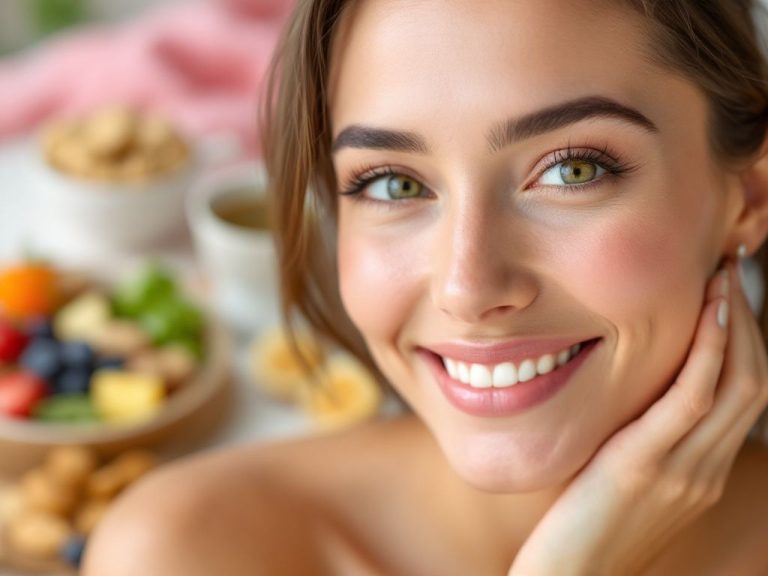Hey there! So, you’ve probably had this moment, standing in front of the bathroom mirror, noticing a fresh breakout and thinking, “What triggered this time?” Well, you’re not scratching your head alone. Acne struggles have been real for countless folks, young and old alike. Let’s dive in together to investigate how our eating habits might be contributing to those pesky breakouts in this comprehensive guide fueled by research. We’ll break down the mysterious world of acne causing foods, and hopefully, you can pinpoint some culprits behind those unexpected pimples.
Table of Contents
ToggleUnderstanding Acne – What’s Fueling Those Pesky Pimples?
Let’s face it, (pun intended) no one loves waking up to an uninvited zit. So, before we start pinpointing exact foods that might be causing acne, it’s important to understand the basics of what’s happening under our skin. Simply put, acne forms when hair follicles become clogged with oil and dead skin cells. Hormones, specifically androgens, play a pretty big role in oil production, meaning when levels surge, acne can worsen. Of course, other factors, like stress and certain medications, also have a say.
But let’s keep our eye on the star of the show today: diet. Yes, what we put in our mouths might just be making its way to our pores. It’s a hot topic and research backs it up, linking our food choices directly to acne flare-ups.
Why Diet Matters: Foods and Skin Reactions
Trust me, this is where things get intriguing. Our bodies are not isolated systems; they’re beautifully complex, interconnected beings. What you eat influences more than your waistline—it also impacts your skin’s health. There’s this delicate dance between certain foods and our skin’s reaction. Trigger foods can induce inflammatory responses or boost hormone levels that worsen acne.
And while chocolate is always getting pointed at (I know, the injustice!), there are plenty of other foods that could be triggering your skin troubles. Let’s browse through some of the main contenders.
Spotlight on Acne Causing Foods

**1. **High Glycemic Index Foods**
Okay, backpacking to some basic nutrition class, you’ve probably heard about the glycemic index (GI). Foods high on this scale can spike your blood sugar and, in turn, your insulin levels. Insulin increases sebum production and boosts androgen levels – both leading to more acne.
- Some offenders? White bread, sugary drinks, candies, ahem, even certain breakfast cereals. Switching to whole grains or low-GI foods can help. Trust me on this, your face and digestive system will both thank you.
**2. ** Dairy, Oh Dairy**
Milk and cheese lovers, you might not like this part. Studies frequently point fingers at dairy products as possible acne culprits. The majority of available research signifies a correlation between higher milk consumption and adult acne.
- Why, you ask? Well, milk contains hormones that can play rounds with your skin’s sebum production. Plus, certain compounds in milk might have a minor production-stoking effect on insulin. Maybe consider almond milk til’ we figure this one out.
**3. ** Saturated Fats and Fast Foods**
Let’s talk guilty pleasures – chips, fries, burgers, basically the glorious fast-food trifecta. Apart from being heavily processed, they’re loaded with unhealthy fats. It’s suggested these can promote more oil production or initiate an inflammatory response, turning that skin of yours into an acne battlefield.
- Not calling for hermit diets here! Occasionally giving in to cravings isn’t forbidden. But mindful balance? Totally the sweet spot.
**4. ** Whey Protein Powders**

Are you a gym freak or perhaps considering to be? Well, here’s the lowdown. Protein shakes are great post-gym, but whey protein—those muscle-building golden scoops? Been seen linking with acne in various folks. Whey’s influence on insulin and insulin-like growth factor bindings may drive sebum production upward.
**5. ** Oily and Greasy Foods**
Yes, unfortunately, the whole “eating oily foods leads to oily skin” theory has merits. Excessive oil consumption can not only impact your health but potentially cause skin reactions, especially if paired with certain genetic markers for acne.
Let’s Talk Alternatives
So, you might be worrying—should I give up everything tasty? Nah, no need to be dramatic! Here are some balancing options filled with skin Greatness—
**1. ** Lower Glycemic Index Substitutes**
Reach for quinoa, whole-grain pasta, or barley instead of refining flour wonders. Keep things unprocessed and fiber-rich. Give it a try and note a difference.

**2. ** A Mixed Bag of Nutrients**
Creating variety is key. Fruits, especially berries or avocados are loaded with antioxidants, which are your new skin besties. Spinach salads or adding a sprinkle of chia seeds wherever possible? Revolutionary!
A Personal, Balanced Approach
Diet is deeply personal, folks. Acne doesn’t have a one-size-fits-all solution. While cutting back on suspected acne causing foods makes sense, it shouldn’t swing your entire lifestyle upside down.
Crafting Your Own Routine: The Key Takeaways
- Listen to Your Body: If after a milkshake fest you appear with an army of pimples, maybe that’s worth addressing. Keep a food diary for patterns.
- Moderation Magic: Yes, you can still have chocolate! Ignoring all redness-signaling anecdotes, try trial periods with reduced intakes and observe.
- Consult for Confirmation: Chat with a nutritionist or dermatologist if serious concerns linger. They can offer the most personalized guidance.
Consistency, patience, and adopting sensible swaps mark your path to clearer skin without any harsh measures. Give it a thought—or better yet, a try!
At the end of the day, adapting a diet that works naturally with your biology isn’t about suffering or self-deprivation. It can be gentle, nourishing, and positive. Nights without unwanted visits from surprise acnes squad sound pretty great, right?
Your skin journey is yours alone, but gaining insight into acne causing foods aligns you with better choices and healthier skin days ahead. Chat soon about clearer results, shall we?
Frequently Asked Questions
What foods are commonly associated with causing acne?
Foods that are commonly linked to causing acne include dairy products, particularly milk, due to its potential to disrupt hormone balance[5]; refined grains and sugars, such as white pasta, bread, and sugary beverages, which can cause blood sugar spikes and inflammation[3]; fast food items high in fat and calories; chocolate, especially when it contains high amounts of sugar and milk[3][5]; and whey protein powder, which can stimulate insulin and IGF-1 production[3].
How do refined carbohydrates and sugars impact acne?
Refined carbohydrates and sugars are quickly absorbed into the bloodstream, causing rapid increases in blood sugar and insulin levels. This can lead to increased androgen hormones and insulin-like growth factor 1 (IGF-1), which can promote skin cell growth, boost sebum production, and exacerbate acne[3][5].
Can dairy products contribute to acne development?
Yes, dairy products, especially milk, have been linked to acne. The exact reasons are unclear, but it is thought that artificial hormones given to cows to boost milk production may disrupt natural hormone balance in humans, leading to acne[1][5].
What types of foods can help prevent or reduce acne?
Foods that can help prevent or reduce acne include high-fiber vegetables like broccoli, Brussels sprouts, and carrots; seafood rich in omega-3 fatty acids; and nuts such as walnuts. These foods help reduce inflammation, maintain healthy skin, and regulate blood sugar levels[1][5].
References







